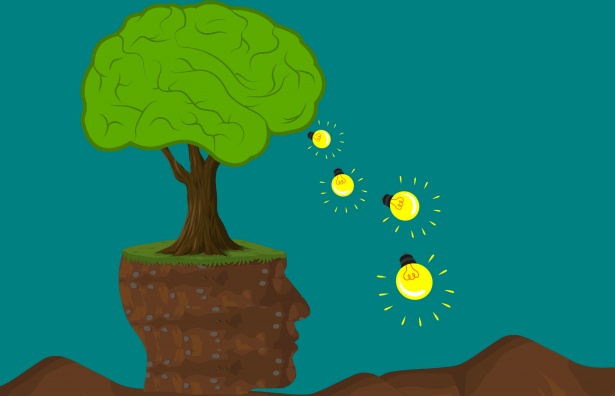Educational Neuroscience (EN) is still a fledging field, with plenty of critics. Director of CEN, Professor Michael Thomas takes on the naysayers and addresses their concerns in his latest commentary for Current Directions in Psychological Science. Below, he gives us a little taster of his reply…
“The challenge in translating neural insights in learning mechanism into practical implications, can only be done via a well supported dialogue – classroom ready neuroscience not likely to ever exist. Critics generally say that either this can’t be done (perhaps individuals resistant to interdisciplinary research) or they muddy the waters by complaining of neuromyths or the dubious merits of commercial ‘brain training’ packages.
There are two main pathways via which neuroscience can interact with education: either directly or indirectly via psychology. The direct route appeals to brain health, viewing the brain has a biological organ with certain metabolic needs (nutrition, energy), response to stress hormones, or impacted by environmental pollution (air, noise). Here goal is to try to ensure that children’s brains are in the best condition for learning when they enter classroom, no need for psychology.
The indirect route argues that the psychology of learning will make greater progress when it takes account of the mechanisms the brain has to support learning. Some of these advances concern specific domains, such as reading or maths, and the current focus is on identifying core skills required for academic disciplines, which may be trainable and/or limiting factors on performance (e.g., maths, recognition of number symbols, representations of numerosity and manipulation of quantities, spatial abilities, and knowledge of principles and procedures, which are dealt with by separate interacting brain areas).
Brain evidence supports the idea that maths is many things in the brain. Other areas of focus in the indirect route are executive functions, social cognition, and the effect of emotions on learning; the specific developmental changes that take place in adolescence; the causes of developmental deficits and what these mean for Special Educational Needs; age-related changes in learning mechanisms and implications for adult learning; the genetic and environmental factors producing individual differences in learning ability and educational outcome; and the quest for activities that produces general improvements in intelligence (such as, meditation, or learning a musical instrument) – a quest that is ongoing but as yet produced few great innovations.
The future of EN involves addressing some challenges (how to improve quality of dialogue of teachers, psychologists, educators); answering some questions (identity crisis: should Educational Neuroscience be a basic science of phenomena relevant to education or intrinsically translational?); and addressing a conundrum (how to advise policymakers before a solid, convergent, evidence base exists). EN needs to encourage evidence-informed policymaking. It needs to avoid overselling the evidence but underselling the importance of science. But its main goal is to furnish teachers with new tools and insights into learning, and the factors that affect it, that will be useful in the classroom. The reality may be that large education gains are available, but only by combining many small improvements, each of which must be separately identified and validated.”
Read Professor Michael Thomas’ commentary in response to Dougherty and Robey: Enough Bridge Metaphors—Interdisciplinary Research Offers the Best Hope for Progress


